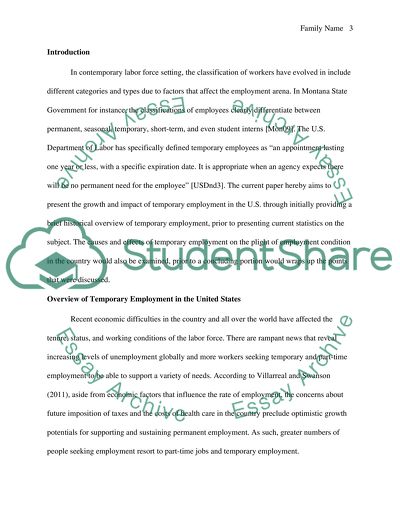Cite this document
(“The growth and impact of 'temporary' employmen Research Paper”, n.d.)
The growth and impact of 'temporary' employmen Research Paper. Retrieved from https://studentshare.org/miscellaneous/1604731-the-growth-and-impact-of-temporary-employmen
The growth and impact of 'temporary' employmen Research Paper. Retrieved from https://studentshare.org/miscellaneous/1604731-the-growth-and-impact-of-temporary-employmen
(The Growth and Impact of 'temporary' Employmen Research Paper)
The Growth and Impact of 'temporary' Employmen Research Paper. https://studentshare.org/miscellaneous/1604731-the-growth-and-impact-of-temporary-employmen.
The Growth and Impact of 'temporary' Employmen Research Paper. https://studentshare.org/miscellaneous/1604731-the-growth-and-impact-of-temporary-employmen.
“The Growth and Impact of 'temporary' Employmen Research Paper”, n.d. https://studentshare.org/miscellaneous/1604731-the-growth-and-impact-of-temporary-employmen.


